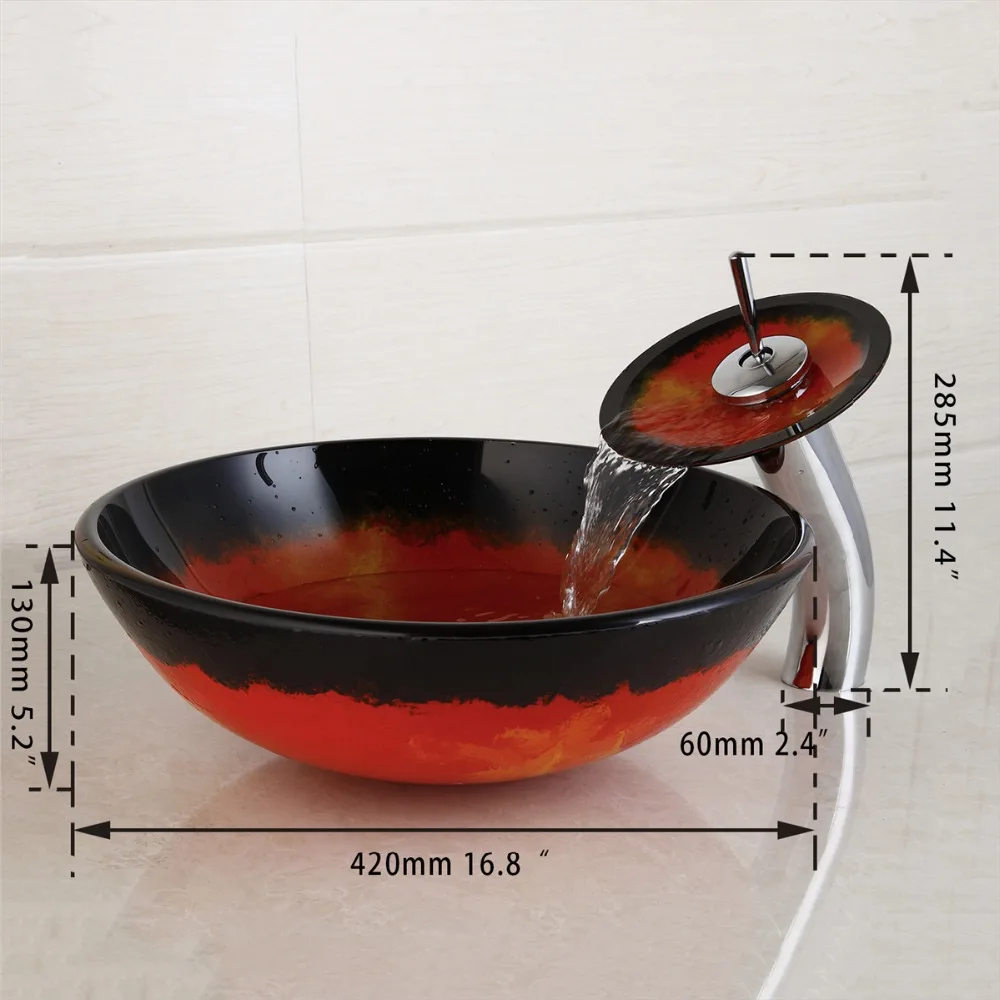A faucet is a tool for delivering normal water from a plumbing system. It can consist of the next components: spout, handle(s), lift fishing rod, cartridge, aerator, blending chamber, and water inlets. When the handle is fired up, the valve starts and handles the circulation adjustment under any temp or drinking water condition. The faucet is usually made of brass, though die-cast zinc and chrome-plated plastic are also used.
The majority of home faucets are dual-control or solo cartridge faucets. Some single-control types use a metal or plastic core, which operates vertically. Others use a metallic ball, with spring-loaded rubber seals recessed in to the faucet body. The less costly dual-control faucets contain nylon cartridges with silicone seals. Some faucets have a ceramic-disc cartridge that is much more durable.
Faucets must comply with water conservation laws. In the United States, bath tub basin faucets are now limited by 2 gal (7.6 L) of drinking water per minute, while shower and tub faucets are limited by 2.5 gal (9.5 L).

Faucets run typically eight minutes per capita each day (pcd), regarding to a report by the American Water Works Relationship Research Basis completed in 1999 that was predicated on water use data collected from 1,188 residences. In daily pcd use indoor water use was at 69 gal (261 L), with faucet use third highest at 11 gal (41.6 L) pcd. In residences with water-conserving fixtures, faucets moved up to second at 11 gal (41.6 L) pcd. Sink use was strongly related to household size. The addition of teens and adults increases water use. Tap use is also negatively related to the amount of persons working beyond your home and is leaner for many who have an automatic dishwasher.The developing process for faucets has become computerized highly, with computers controlling almost all of the machines. Output and efficiency have thus improved over the years.
Efficiency and efficiency have increased over the years. The basic process involves forming the main body of the faucet (some-times including the spout if no swivel is needed), applying a finish, and assembling the various components then, accompanied by inspection and packaging. The faucet industry has been impacted by environmental regulations also, which have required special processes to be developed.
Komentar
Posting Komentar